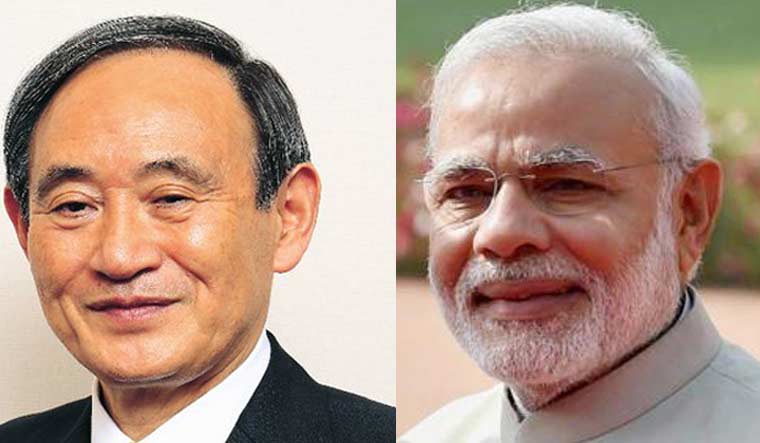The Quad countries are working in full swing, and these countries are working among themselves as well as with other like-minded countries too. However, India and Japan collaborating to counter Chinese debt-trap diplomacy and huge infrastructural projects while supporting India in developing its infrastructure and engagement in South East Asia. For as long as the friendship between PM Shinzo Abe and PM Narendra Modi has been a phenomenon, Japan and Indian ties are going really well. The Japanese government has continued with their India policy and even after the coming of Yoshihide Suga, the bilateral is working out even better given the impetus of the reinvigorated Quad.
The latest comes with the development projects taking a giant leap. The longest bridge over the Brahmaputra has been cleared for construction and will become the enabler of the giant trans-Asian corridor that will connect landlocked Bhutan and North-East India, with Dan Nang in Vietnam. This can be considered the biggest practical project that will have a considerable impact on India’s Act East Policy.
The ambitious undertaking will also impact several ASEAN countries, especially Myanmar, Thailand, Cambodia and Laos, as it will be able to increase the footfall of human to human engagement among Indian subcontinent countries and the Mekong countries of ASEAN. With Bhutan at the back-end, the 19-kilometre Dhubri-Phulbari Bridge connects Dhubri in Assam with Phulbari in Meghalaya.
Read more: PM Modi’s Japan visit: a step towards the consolidation of Indo-Japan ties.
India and Japan are working together to build the infrastructure in the North-East and Japan is financing Indian efforts to counter Chinese infrastructure financing as part of its debt-trap diplomacy in the Indian Ocean Region and the BIMSTEC countries. Since 2018 the agreement between India and the Japan International Cooperation Agency (JICA), for the infrastructure development of the North-East has become their flagship project.
The Bridge extends the already going projects in the North East under the JICA and makes the connectivity project in the North-East kind of complete. On entering Myanmar, it heads for Mandalay, on the east bank of the Irrawaddy River. From Mandalay, Myanmar’s last royal capital before British annexation, the highway heads towards the Thai border, with Myawaddy being the last destination on the Myanmar side. The route terminates at Mae Sot in Thailand. Myawaddy acts as the junction between two projects. It is the starting point of the East-West Economic Corridor (EWEC), which heads towards Da Nang in Vietnam, placed facing the South China Sea.
Read more: 5G Wars: India and Japan Vs China
This would now make sense; given how important is the bridge, as it decreases the vulnerability that India faces due to the infamous chicken’s neck. It makes the strategic vulnerability vanish and adds flavour to the India and Japan led corridor connecting India with the vast South East Asia.
